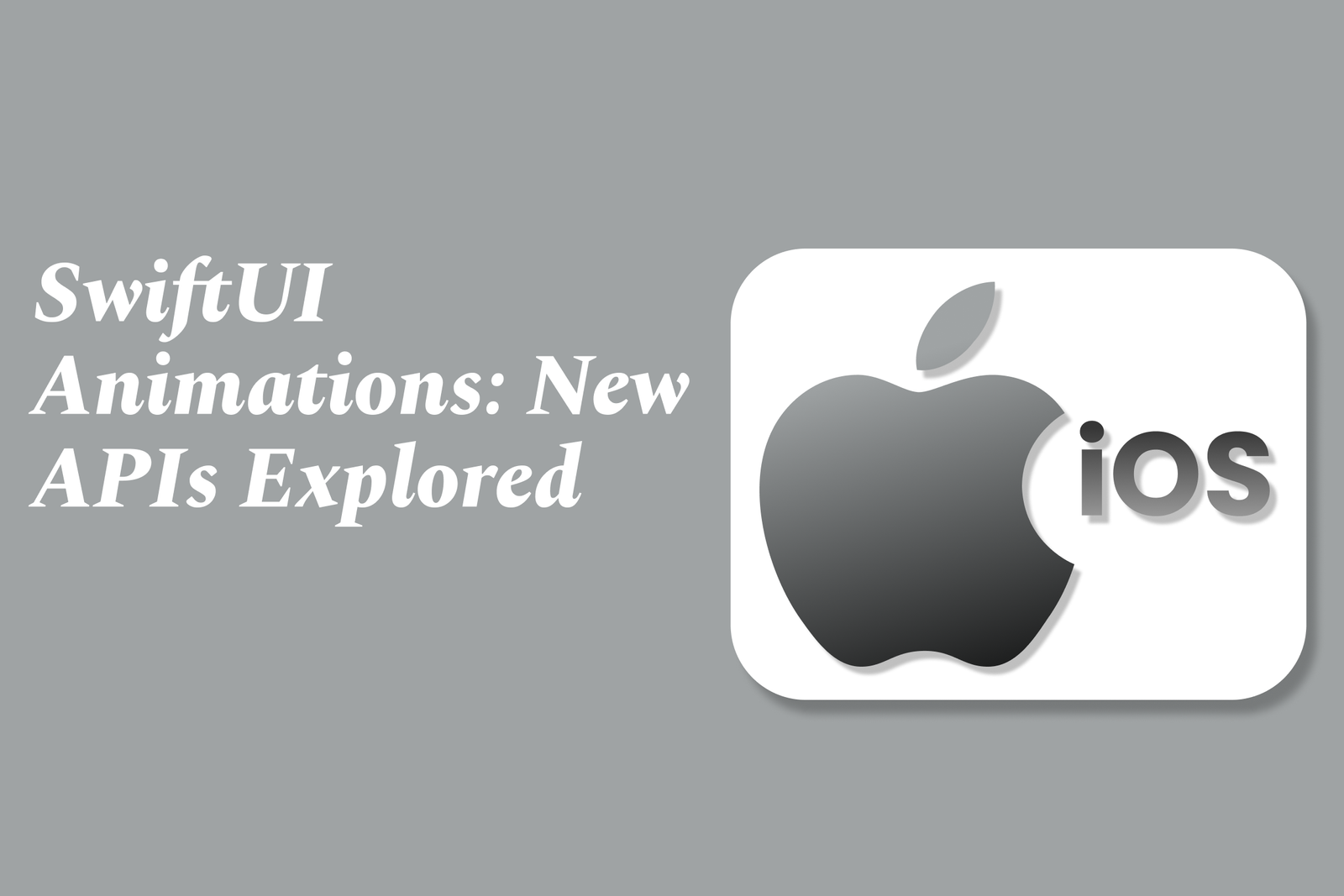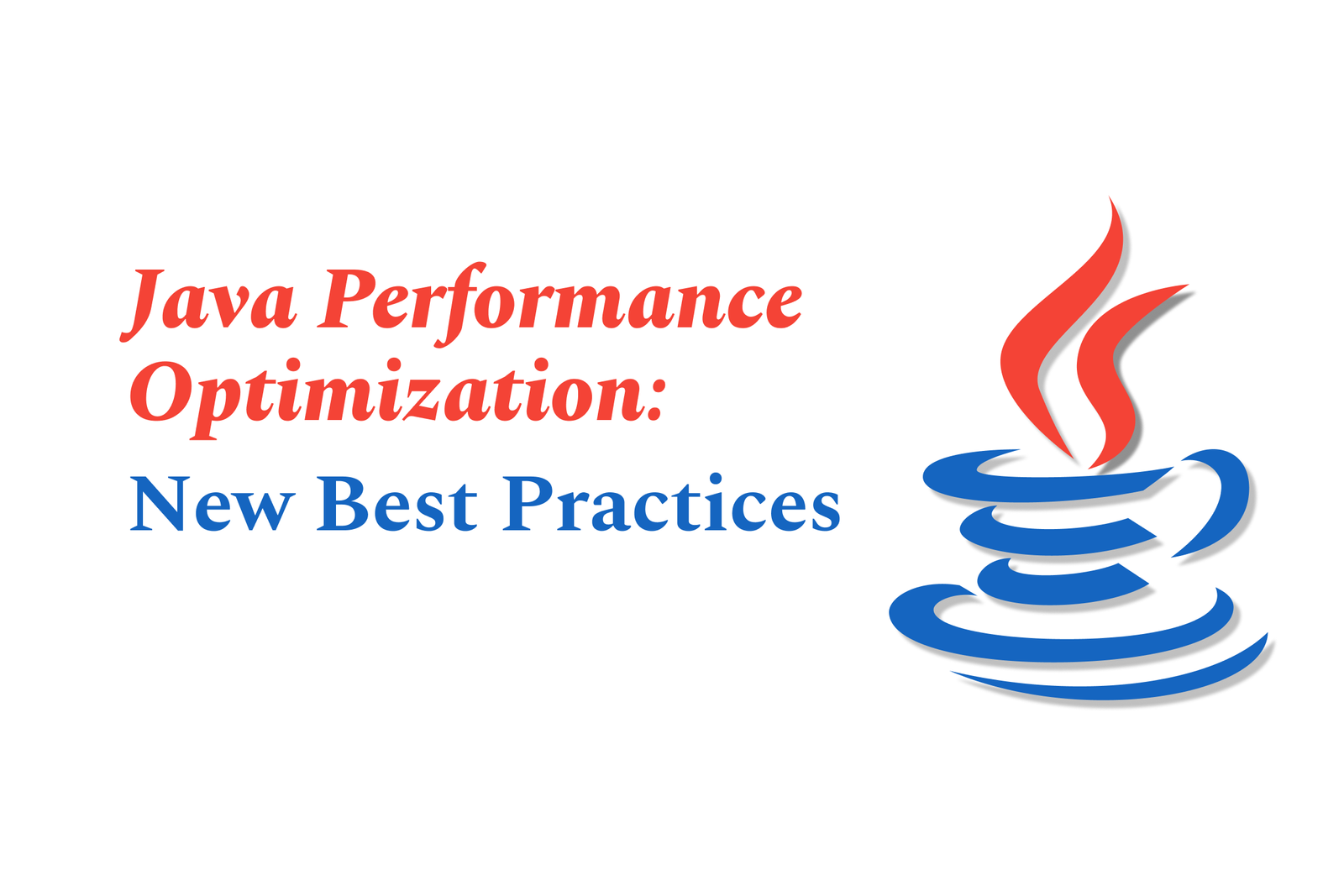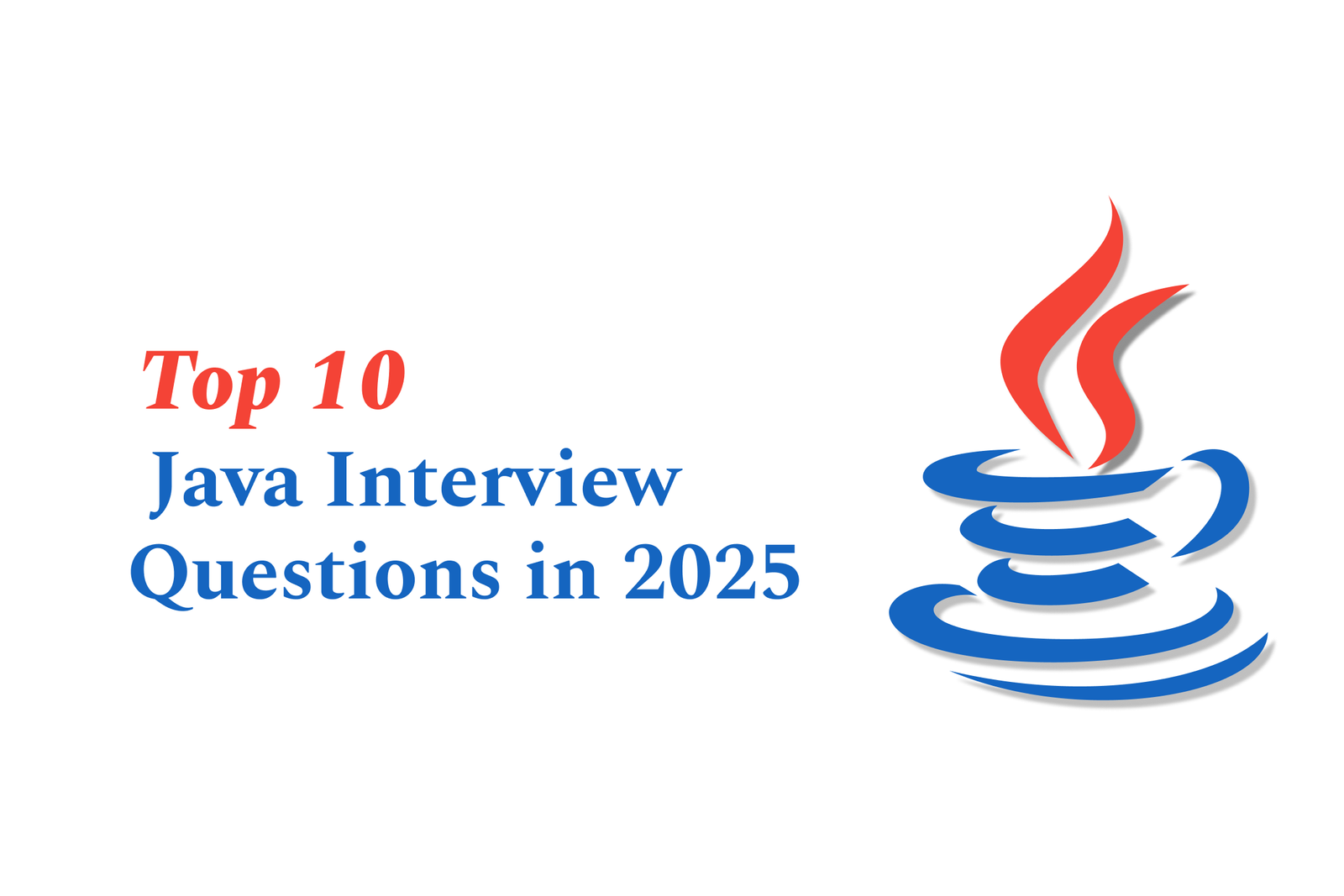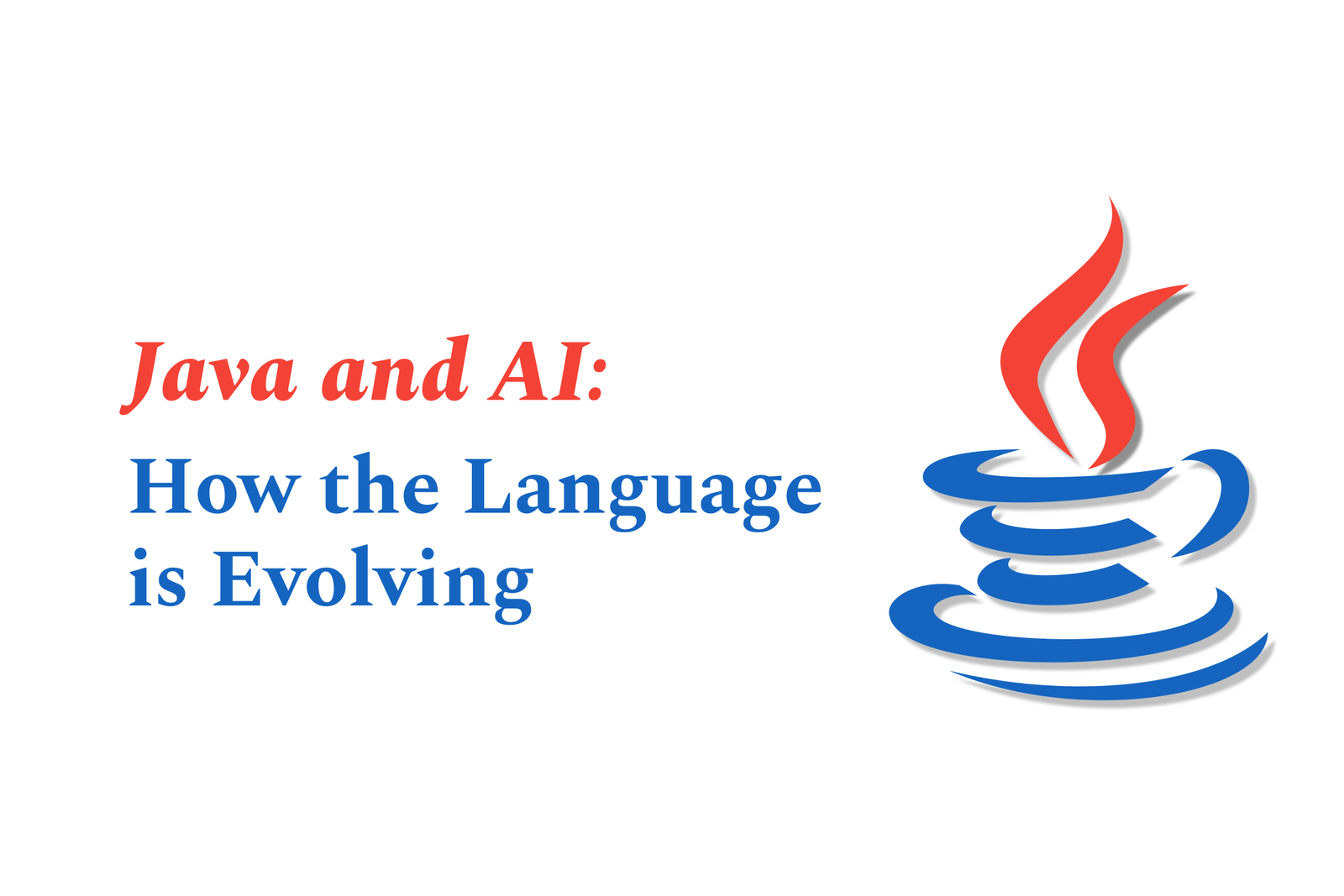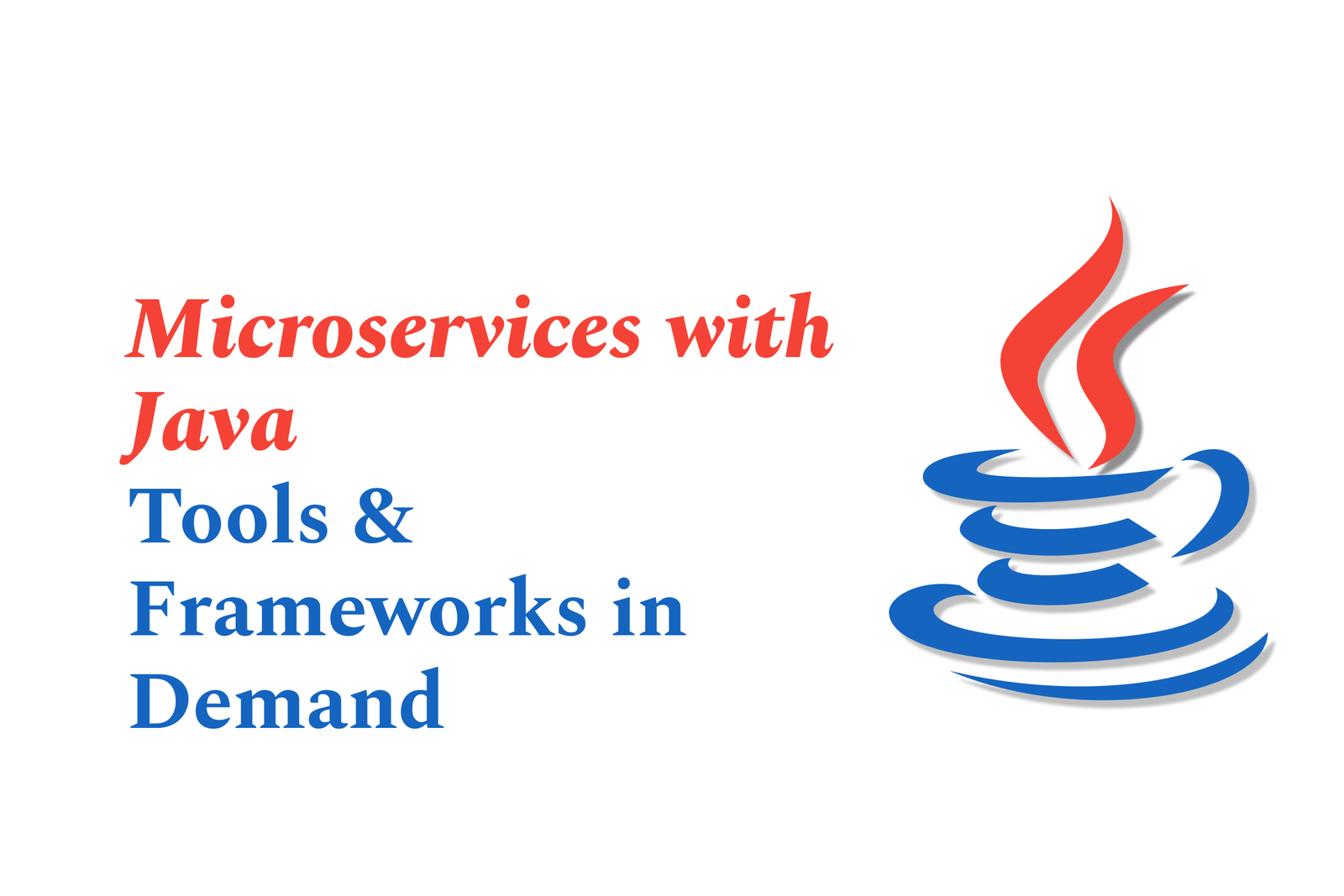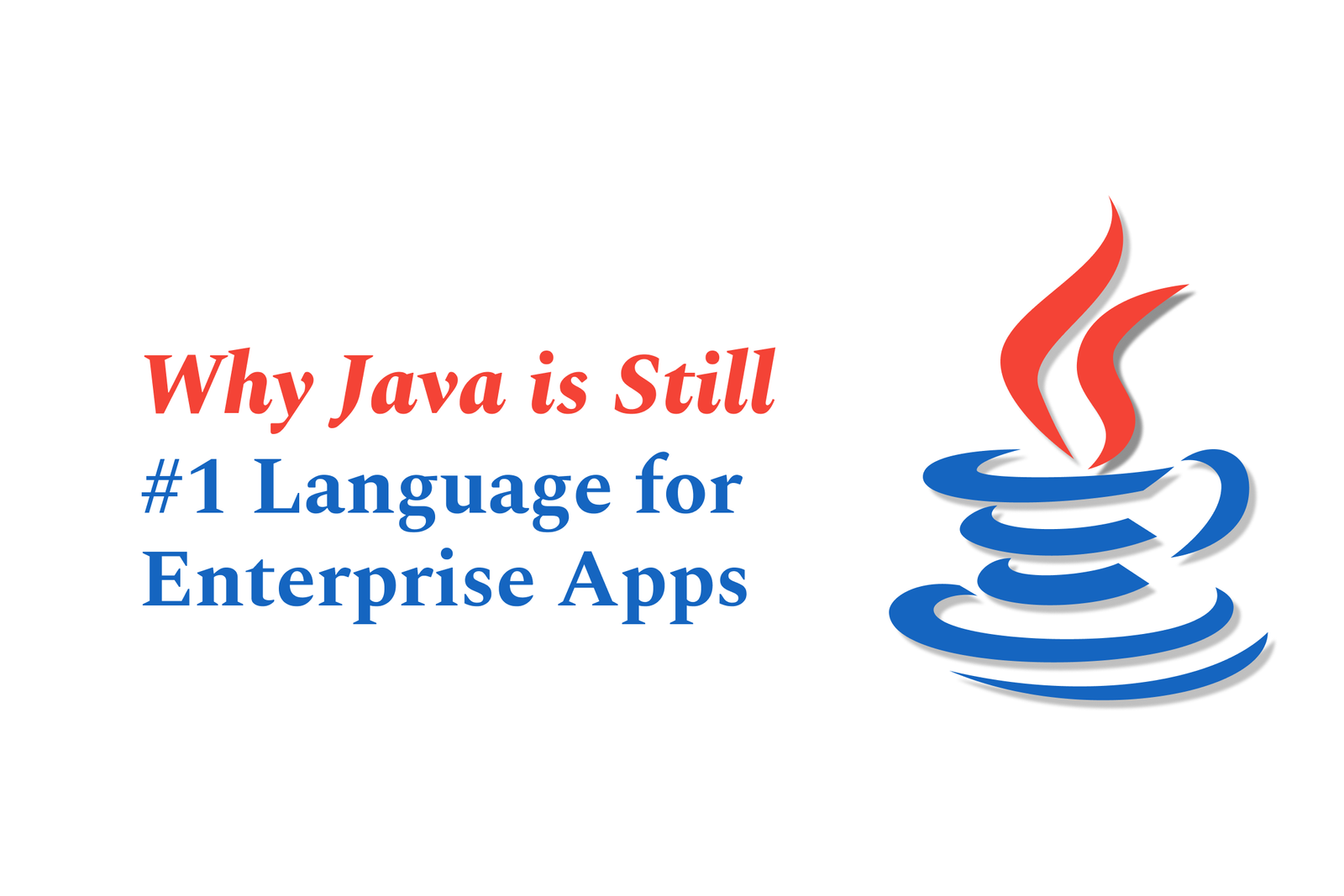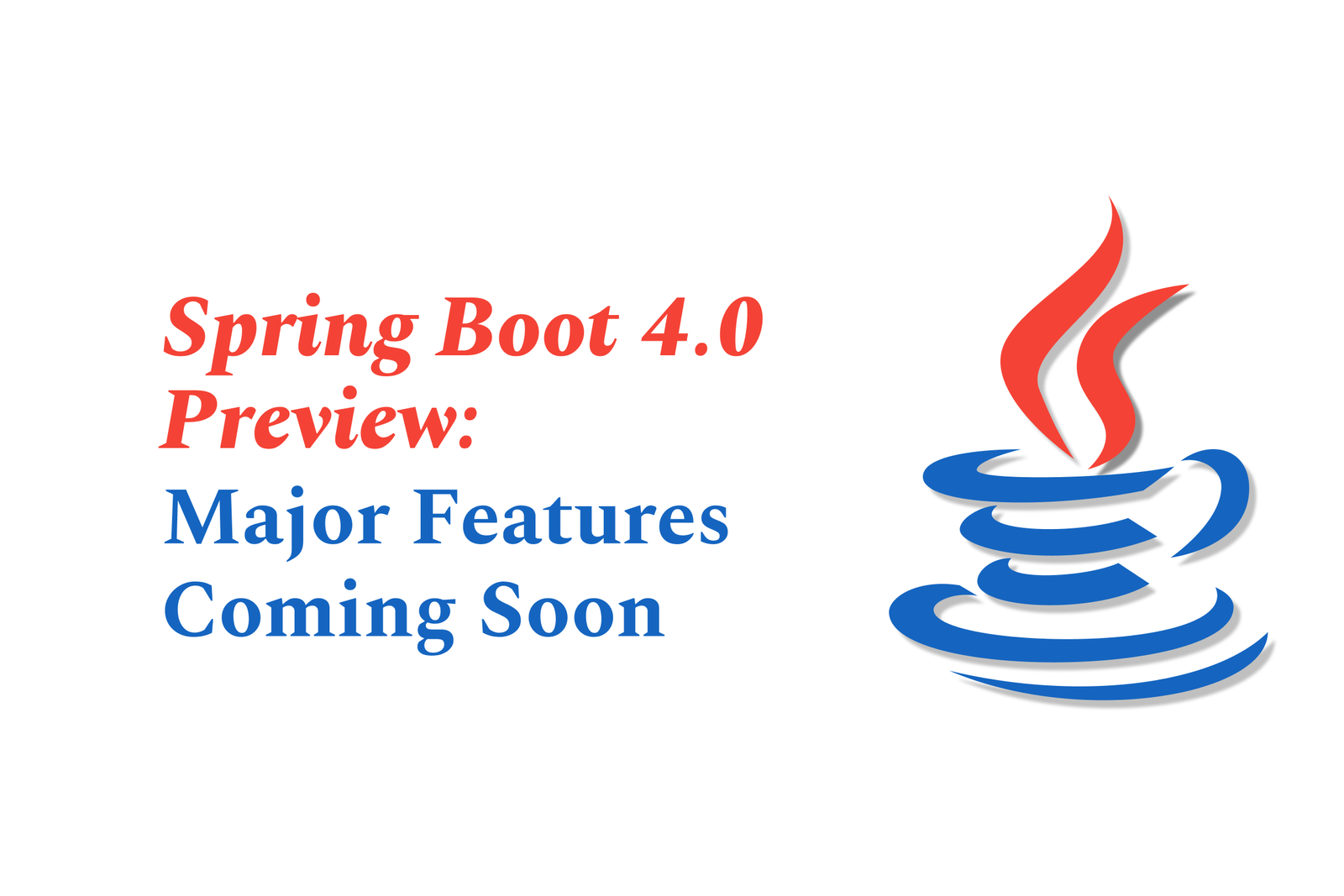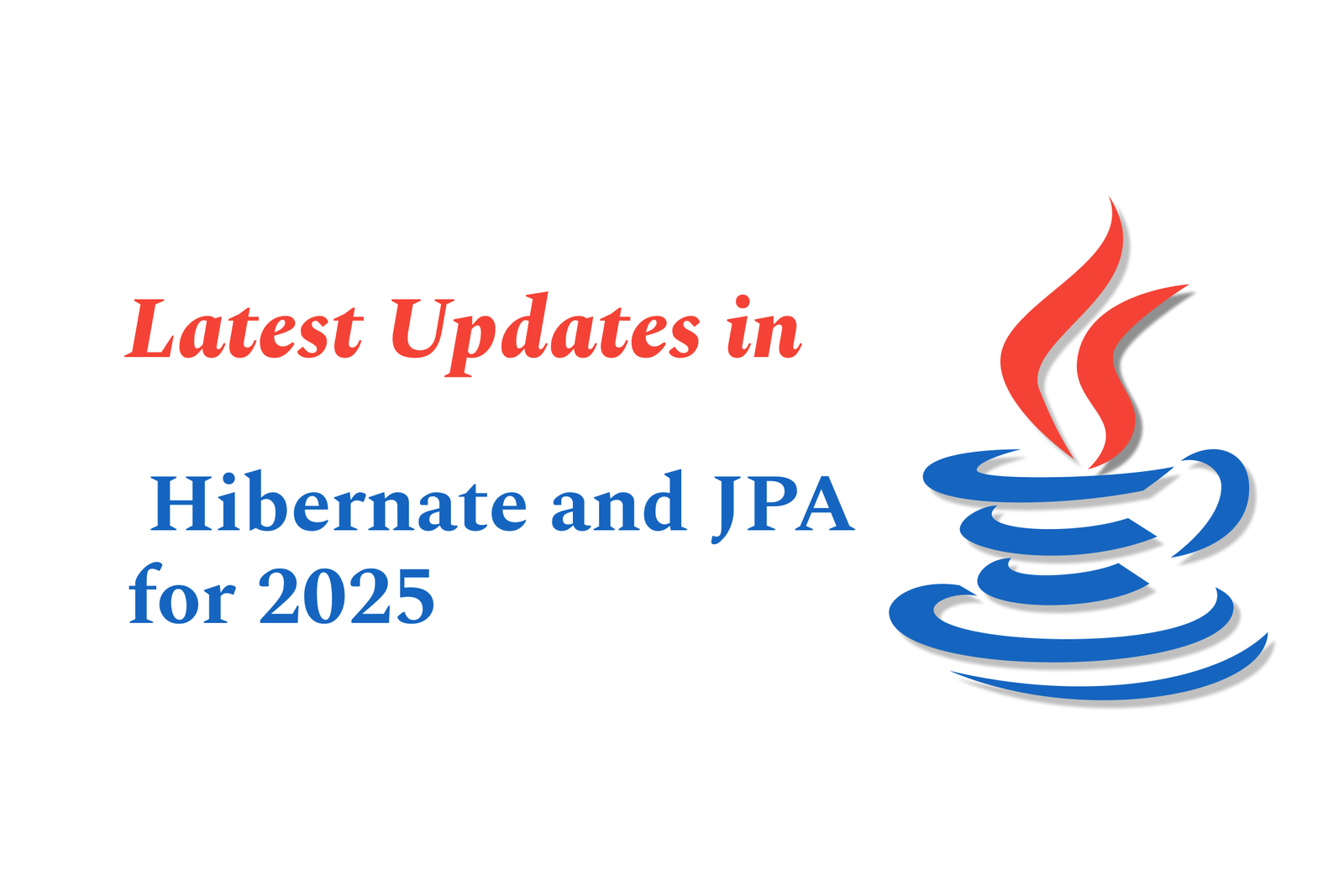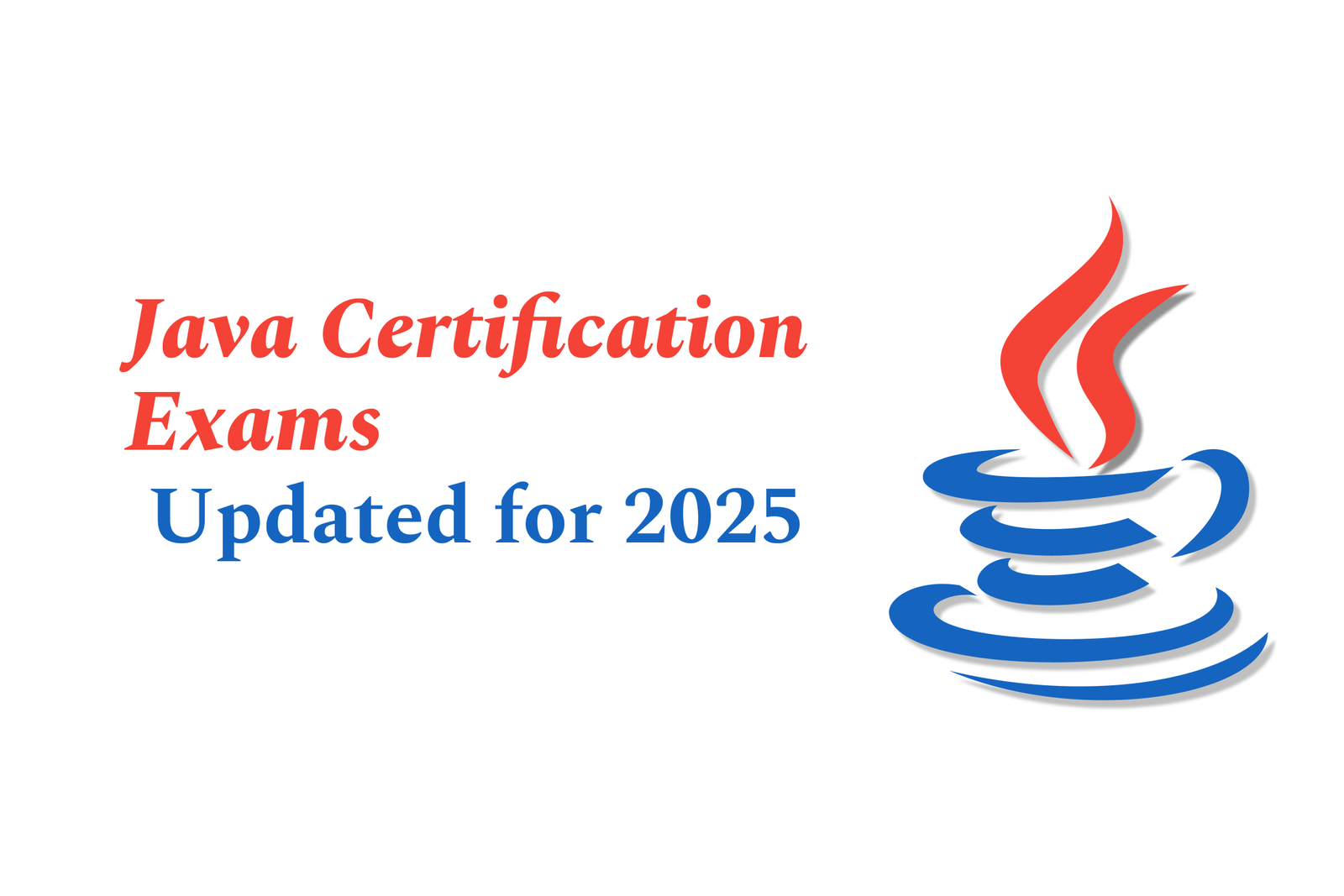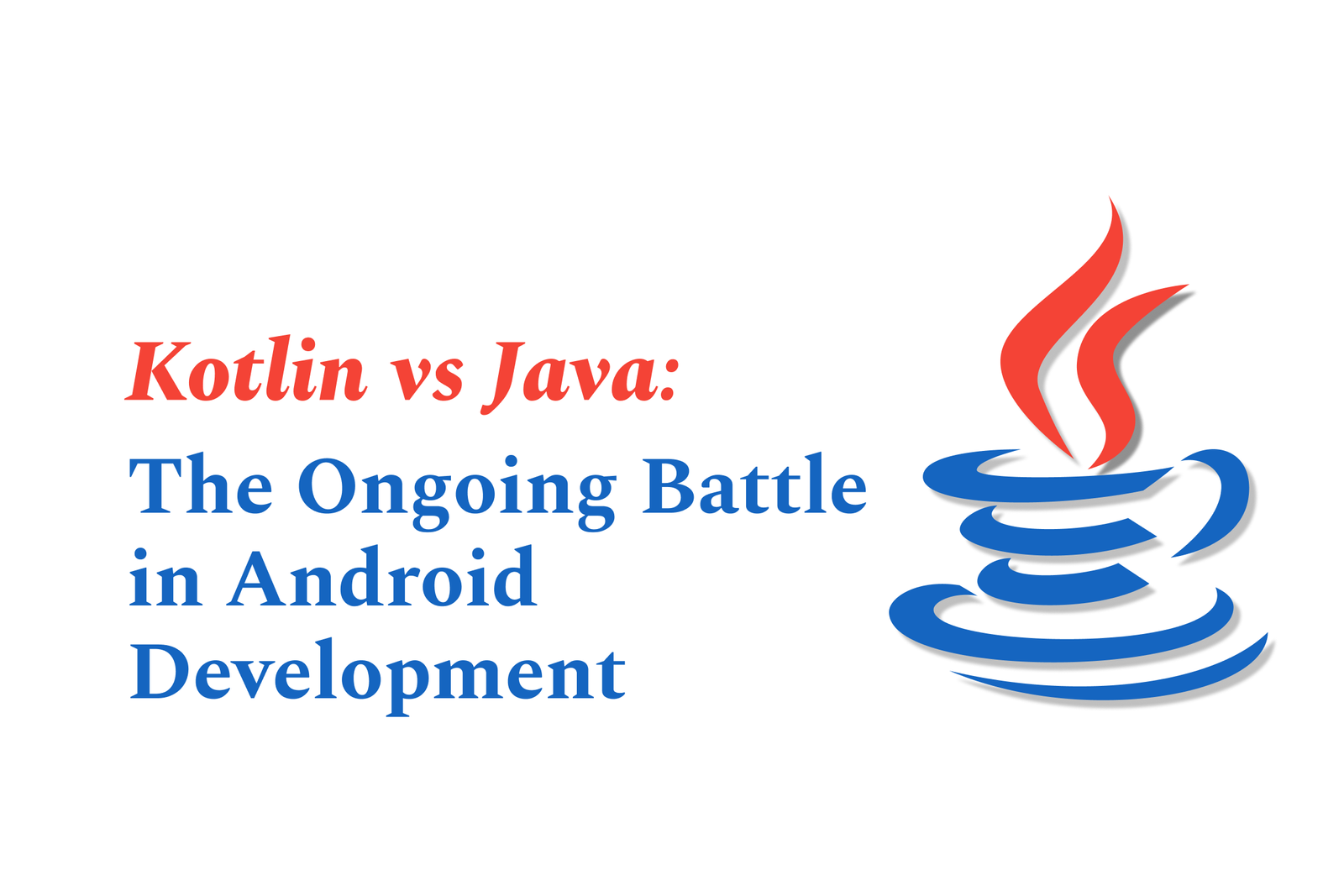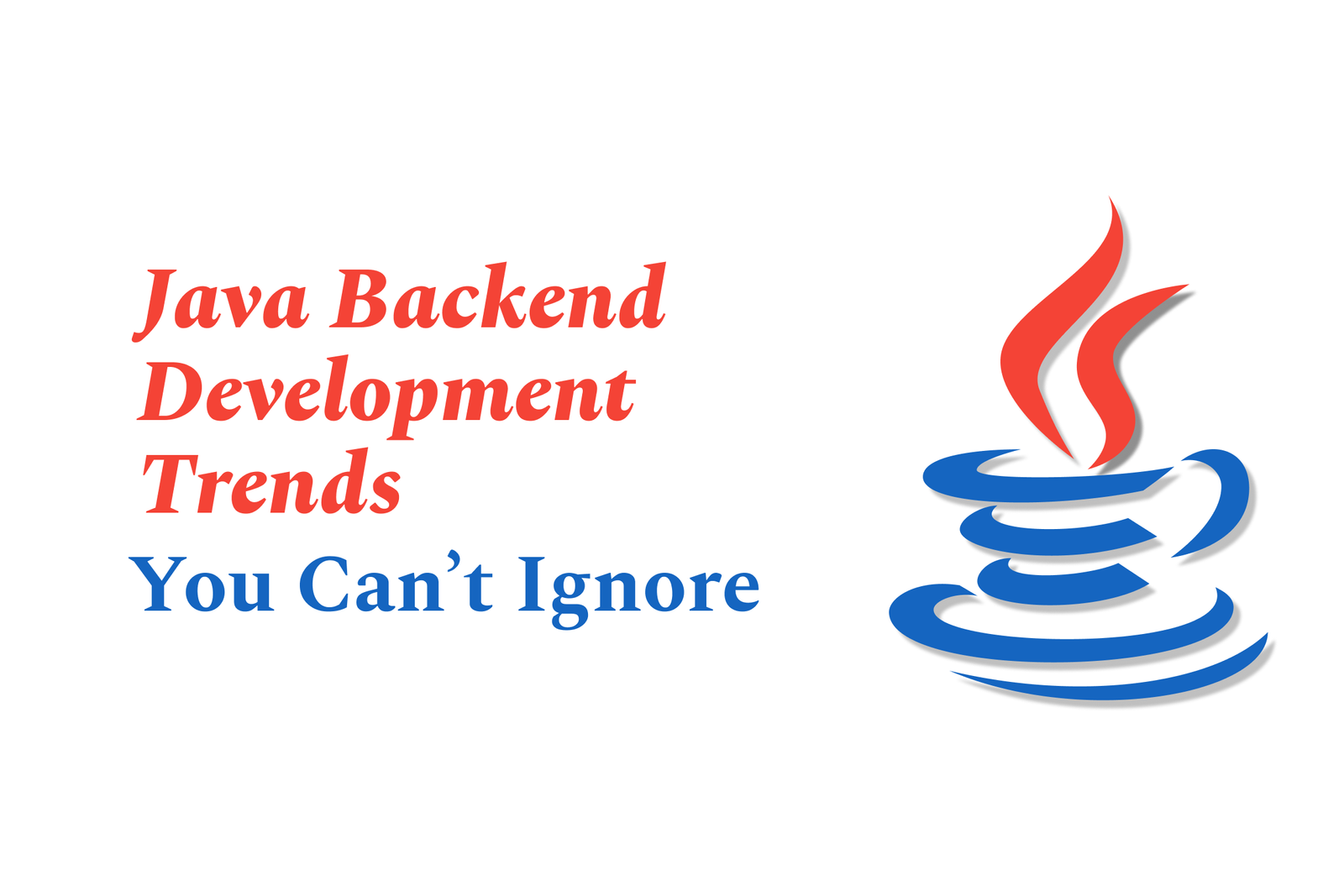SwiftUI animations: New APIs explored
SwiftUI’s new animation APIs enhance flexibility and control, enabling developers to create smoother, more complex animations with improved timing, transitions, and cross-platform support. These updates simplify building dynamic, engaging UIs across Apple’s ecosystem.
SwiftUI Animations: New APIs Explored
1 ) Introduction to SwiftUI Animations
SwiftUI offers powerful and intuitive APIs to create smooth and expressive animations. The new APIs enhance developers’ ability to build dynamic user interfaces that respond fluidly to user interactions and state changes.
2 ) New Animation APIs and Capabilities
The latest SwiftUI updates provide improved control over animations with new modifiers and transition options. These include enhanced timing curves, flexible animation chaining, and better performance optimizations. Developers can now craft more sophisticated animations such as reveal style collapse/expand effects with ease.
3 ) Integration with SwiftUI Components and Controls
Animations are now better integrated with SwiftUI views and controls, enabling seamless state management and transitions. This allows for the creation of rich text experiences, custom UI controls, and blending animations within complex SwiftUI compositions.
4 ) Cross Platform Improvements
The new SwiftUI animation APIs support not just iOS but also visionOS and CarPlay, enabling animations within 3D spatial layouts and immersive environments. This empowers developers to create engaging UI in both 2D and 3D contexts using the same familiar tools.
5 ) Best Practices and Usage Tips
Developers are encouraged to leverage the new APIs to craft performant and natural animations by managing animation lifecycles carefully and combining them effectively with SwiftUI's declarative design approach. Using these APIs helps to avoid deprecated methods and ensures forward compatibility.
6 ) Conclusion
With the introduction of SwiftUI’s new animation APIs, Apple continues to streamline the process of building visually compelling and responsive interfaces. These advancements make animation more accessible, flexible, and powerful for developers, fostering richer user experiences across Apple’s platforms.
https://justacademy.in/news-detail/android-developer-preview-releases
https://justacademy.in/news-detail/ios-19-dark-mode-improvements-and-design-tips
https://justacademy.in/news-detail/android-file-sharing-innovations
https://justacademy.in/news-detail/building-ai-first-apps-with-flutter
https://justacademy.in/news-detail/meta?s-big-push-for-react-native-in-2025
Related Posts
Java performance optimization focuses on enhancing application speed and efficiency through modern JVM tuning, advanced profiling tools, realistic load testing, and cloud-based scalability techniques. These best practices ensure robust, scalable, and high-performing Java applications.
Top 10 Java Interview Questions in 2025 cover core concepts like OOP, exception handling, concurrency, Java 8+ features, collections, and database integration, helping candidates prepare effectively for advanced developer roles in evolving Java technology landscapes.
Java is evolving by integrating AI capabilities, supported by regular updates and rich resources. Its versatility and ease of use make it ideal for developing advanced AI applications, bridging traditional programming with cutting-edge artificial intelligence technologies.
Microservices with Java involves building scalable, modular applications using lightweight, independent services. Popular tools and frameworks in demand include Spring Boot and Spring Cloud, enabling rapid development, service discovery, and robust cloud-native microservice architectures.
Java remains the #1 language for enterprise apps due to its proven stability, strong performance, extensive ecosystem, continuous modernization, and robust security. Its vast community and powerful tools make it ideal for building scalable, reliable, and cost-effective business solutions.
Spring Boot 4.0 Preview brings major updates including Java 21 support, improved native compilation, enhanced observability, and simpler configuration. Aligned with Spring Framework 7.0, it modernizes development for faster, more efficient cloud-native applications.
The latest Hibernate and JPA updates for 2025 include full Java 17 support, Jakarta Persistence 3.2 compliance, improved query capabilities, enhanced resource management, and advanced array and inheritance handling, ensuring modern, efficient, and scalable ORM solutions.
The Java Certification Exams updated for 2025 feature revamped content reflecting the latest Java versions, enhanced practical skills focus, and streamlined paths. These changes ensure developers are certified on modern Java technologies, boosting career prospects and aligning with current industry needs.
Kotlin and Java are key players in Android development, with Kotlin offering modern features like null safety and coroutines, while Java boasts maturity and a vast ecosystem. The ongoing debate centers on choosing between Kotlin’s conciseness and Java’s proven stability.
Java backend development is evolving rapidly with trends like cloud-native apps, microservices, reactive programming, and serverless architectures. Embracing modern Java features, AI integration, strong security, and automation is essential to build scalable, efficient, and future-ready backend systems.
